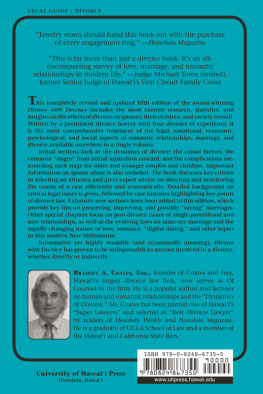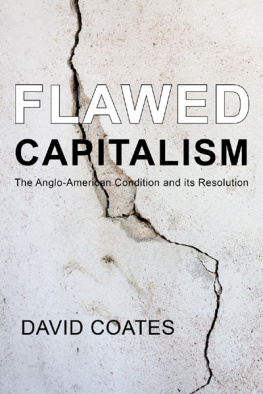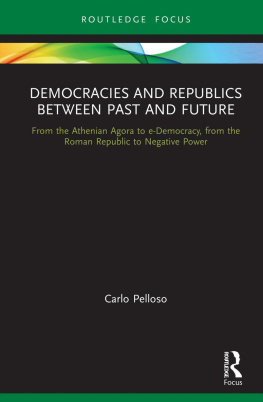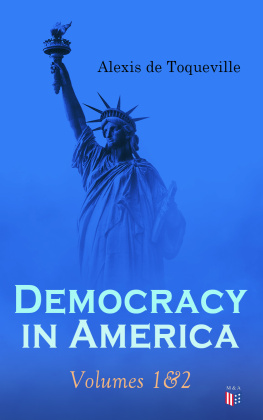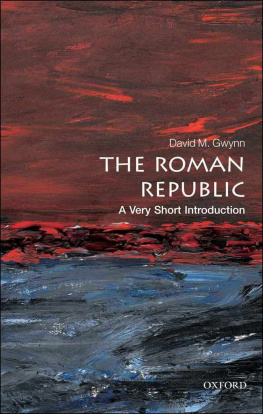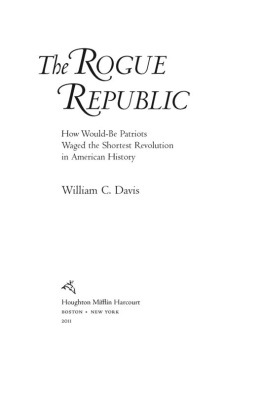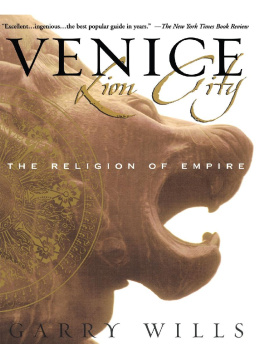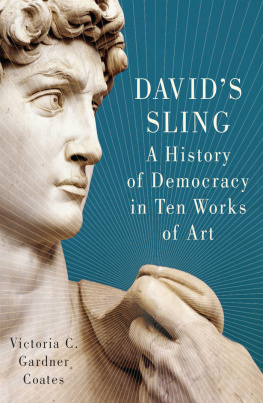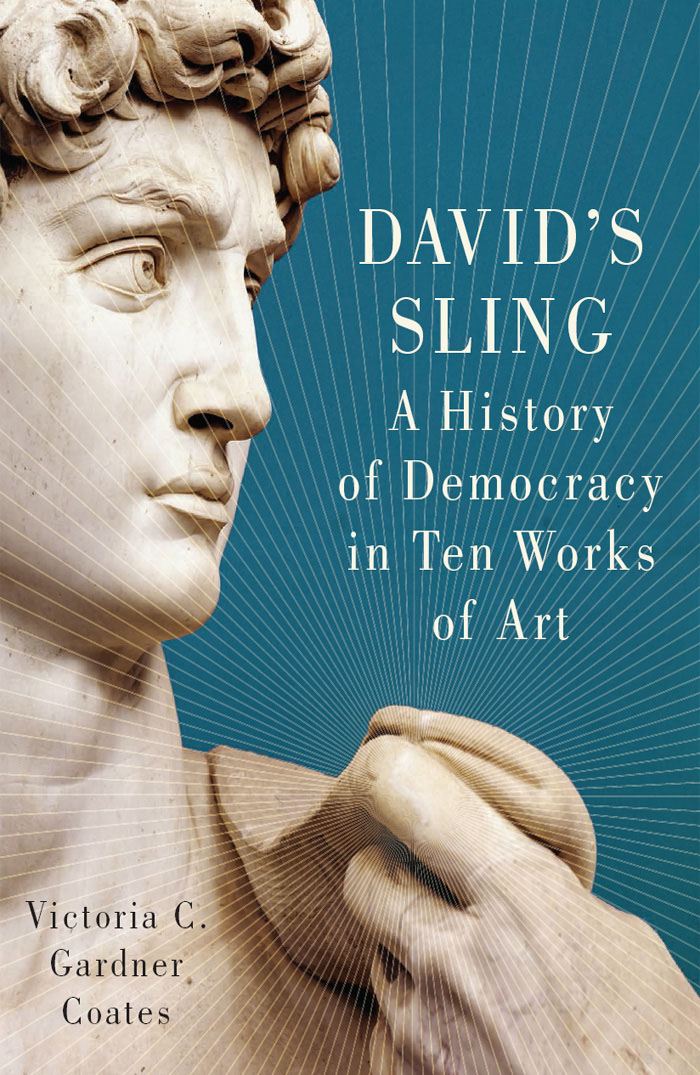



2016 by Victoria C. Gardner Coates
All rights reserved. No part of this publication may be reproduced, stored in a retrieval system, or transmitted, in any form or by any means, electronic, mechanical, photocopying, recording, or otherwise, without the prior written permission of Encounter Books, 900 Broadway, Suite 601, New York, New York, 10003.
First American edition published in 2016 by Encounter Books, an activity of Encounter for Culture and Education, Inc., a nonprofit, tax exempt corporation.
Encounter Books website address: www.encounterbooks.com
The paper used in this publication meets the minimum requirements of ANSI/NISO Z39.481992 (R 1997) (Permanence of Paper).
FIRST AMERICAN EDITION
LIBRARY OF CONGRESS CATALOGING-IN-PUBLICATION DATA
Gardner Coates, Victoria C.
Davids sling: a history of democracy in ten works of art / by Victoria C. Gardner Coates.
pages cm
Includes bibliographical references and index.
ISBN 978-1-59403-722-1 (ebook)
1. DemocracyHistory. 2. ArtPolitical aspectsHistory. 3. Masterpiece, Artistic. I. Title.
JC423.G3545 2014
321.809dc23
2014001929
10 9 8 7 6 5 4 3 2 1
Table of Contents
Guide
Contents
For George, who makes everything possible,
and for Gardner and Gowen,
who make everything worthwhile.
With all my love.
David said to the Philistine, You come against me with sword and spear and javelin, but I come against you in the name of the Lord Almighty, the God of the armies of Israel, whom you have defied. This day the Lord will deliver you into my hands, and Ill strike you down and cut off your head. This very day I will give the carcasses of the Philistine army to the birds and the wild animals, and the whole world will know that there is a God in Israel. All those gathered here will know that it is not by sword or spear that the Lord saves; for the battle is the Lords, and he will give all of you into our hands.
I Samuel 17:4547
The Valley of Elah is today a quiet agricultural zone southwest of Jerusalem, not far from the small town of Zekharia. Three thousand years ago, however, it was the setting for an iconic battle between a young shepherd and a giant.
The mighty Philistines had been trying to subdue the Israelites for years when the two armies faced off across the valley. Hoping to destroy their enemies once and for all, the Philistines proposed that the Israelites send one champion out against their most formidable warrior, Goliath, to resolve the war through single combat. For the Israelites, the odds seemed hopeless. Goliath was a colossus of a man, and the Philistines skilled metalworkers had equipped him with bronze armor and weapons that far outstripped anything the Israelites possessed. He taunted them daily while no one volunteered to take him on.
After forty days, David stepped forward. He was a teenager who had been tending sheep while the Israelite warriors confronted the Philistines in the Valley of Elah. He had come to the camp bringing food for his older brothers in the army none of whom had been brave enough to challenge Goliath. To their shame, David announced he would fight the giant himself.
David had no armor of his own, and he felt awkward and uncomfortable in what the Israelite leader, Saul, offered him for the battle. He decided to face Goliath armed only with the slingshot he used to defend his sheep from wild beasts, confident that his skill and his pure faith in God would protect him.
Those of lesser faith despaired. The best they hoped for was that it would be over quickly, at which point the Israelites would become slaves to the Philistines. But then a miracle happened. As Goliath approached his prey, the young man steadied himself, aimed his slingshot and stunned the giant with a single stone to the forehead. The enormous warrior tumbled to the ground. David took Goliaths sword and cut off his head. The Israelites were victorious.
David went on to become a great king and to found a royal house that would eventually produce Jesus Christ. But his youthful contest with the giant has long stood as a parable for the remarkable power of combining faith in the divine with human ingenuity. Davids sling was more than a primitive weapon; it was the crucial advantage that enabled the shepherd to win the day.
Through history, various kinds of metaphorical slings have enabled individuals and societies to rise like David above seemingly insurmountable difficulties and reach impressive heights of achievement. One of the more consequential of these innovations was devised on a rocky outcropping on the Greek Peloponnesus some five hundred years after the famous confrontation between David and Goliath, by a group of men who had never heard of either of them. What the Athenians invented on their citadel was a new political system of free, self-governing people. They called it demokratia.
Although hints of political self-determination had appeared in some ancient Mesopotamian city-states, the fact remains that until the end of the sixth century BC in Athens there was no comparable, deliberate effort to institutionalize a democratic government. The Athenians were fully conscious of their systems novelty and would credit their freedom with empowering their small polis to lead the Greek allies in their triumph over the awesome Persian Empire. This political innovation coincided with the brilliant flowering of creativity known as the golden age of classical Greece, which set enduring standards of cultural excellence. During this period Athenss greatest statesman, Pericles, commissioned grand monuments for the Acropolis, chief among them the exquisite temple to Athena known as the Parthenon which remains, even in its ruined condition a timeless symbol of Western democracy.
Over the next two and a half millennia in the West, the ideal of democratic self-governance took on a variety of practical manifestations, from small city-republics to constitutional monarchies. These free societies have set a remarkable pattern of success and influence far beyond what their size or resources might have predicted. Among their accomplishments are a series of artworks that have acquired canonical status in cultural history and today stand as visible testaments to democracy.
This is not to say, of course, that no other form of government can inspire great art; any such notion is quickly dispelled by a stroll through the Pantheon in Rome, built for the emperor Hadrian, or a glance at Las Meninas, painted by Velzquez for King Philip IV of Spain. Indeed, a large proportion of the Western cultural patrimony was commissioned by royalty or clergy. This fact makes it all the more noteworthy that democracies have demonstrated a special capacity to inspire extraordinary works of art. The purpose of this book is to highlight the synergy between liberty and creativity, and so to bring a fresh perspective to both.
Davids Sling is thus a hybrid of political history and art history. It is based as much as possible on primary sources, which have been used to inform creative but plausible reconstructions of how the historical characters might have spoken and interacted. My goal has been to highlight the very human stories behind the selected objects of art in an effort to make them vital and vibrant for a contemporary reader.




